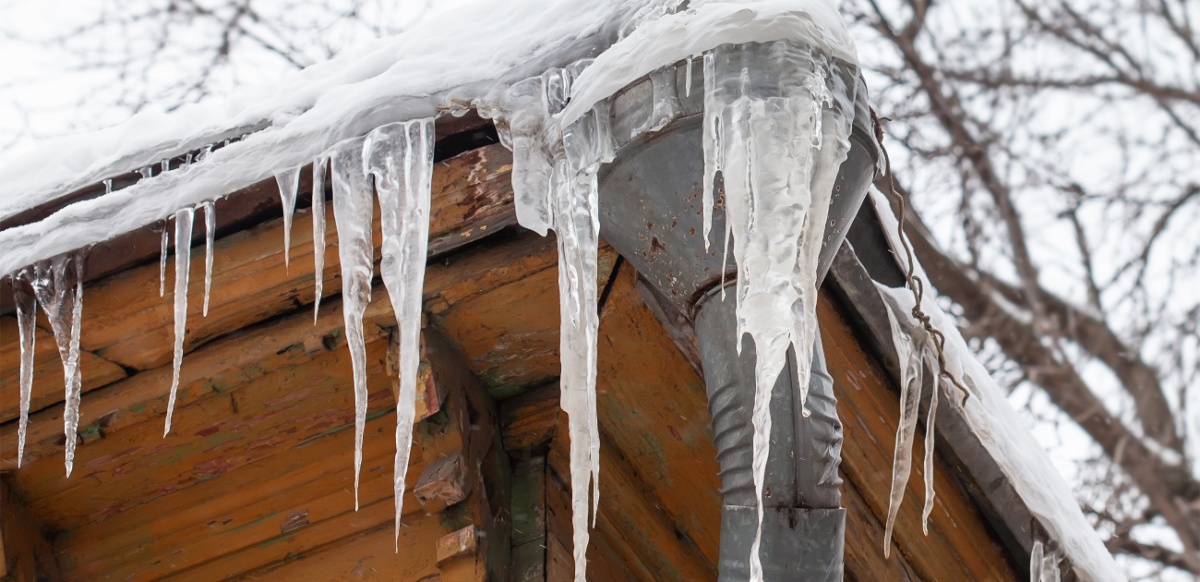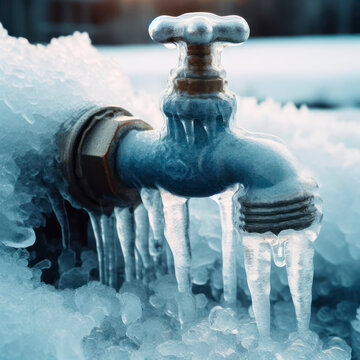Everybody has their private idea involving Helpful Tips to Prevent Frozen Pipes this Winter.

Winter can wreak havoc on your pipes, specifically by freezing pipes. Here's just how to avoid it from happening and what to do if it does.
Intro
As temperatures decline, the risk of frozen pipes boosts, possibly causing expensive repair services and water damage. Recognizing just how to prevent icy pipelines is vital for home owners in cool environments.
Understanding Frozen Pipelines
What triggers pipelines to freeze?
Pipelines ice up when revealed to temperatures below 32 ° F (0 ° C) for expanded durations. As water inside the pipes ices up, it expands, putting pressure on the pipeline walls and possibly triggering them to burst.
Threats and damages
Frozen pipelines can bring about water supply disturbances, building damage, and costly repairs. Ruptured pipelines can flooding homes and create comprehensive structural damage.
Indications of Frozen Piping
Identifying icy pipes early can stop them from bursting.
How to recognize icy pipes
Try to find lowered water circulation from faucets, uncommon odors or noises from pipes, and noticeable frost on subjected pipes.
Prevention Tips
Protecting susceptible pipelines
Cover pipes in insulation sleeves or make use of warmth tape to shield them from freezing temperature levels. Focus on pipelines in unheated or external areas of the home.
Home heating techniques
Maintain interior rooms properly warmed, particularly locations with pipes. Open up closet doors to enable cozy air to circulate around pipes under sinks.
Protecting Exterior Pipes
Garden pipes and exterior taps
Separate and drain pipes yard pipes prior to winter. Mount frost-proof spigots or cover exterior taps with protected caps.
What to Do If Your Pipes Freeze
Immediate activities to take
If you presume frozen pipelines, maintain faucets open to ease pressure as the ice melts. Use a hairdryer or towels soaked in warm water to thaw pipes gradually.
Long-Term Solutions
Structural adjustments
Take into consideration rerouting pipes far from outside walls or unheated areas. Include additional insulation to attic rooms, cellars, and crawl spaces.
Updating insulation
Purchase high-grade insulation for pipelines, attics, and walls. Appropriate insulation assists keep regular temperatures and reduces the risk of icy pipes.
Final thought
Preventing frozen pipelines needs aggressive steps and quick reactions. By comprehending the causes, signs, and safety nets, property owners can safeguard their plumbing during winter.
5 Ways to Prevent Frozen Pipes
Drain Outdoor Faucets and Disconnect Hoses
First, close the shut-off valve that controls the flow of water in the pipe to your outdoor faucet. Then, head outside to disconnect and drain your hose and open the outdoor faucet to allow the water to completely drain out of the line. Turn off the faucet when done. Finally, head back to the shut-off valve and drain the remaining water inside the pipe into a bucket or container. Additionally, if you have a home irrigation system, you should consider hiring an expert to clear the system of water each year.
Insulate Pipes
One of the best and most cost-effective methods for preventing frozen water pipes is to wrap your pipes with insulation. This is especially important for areas in your home that aren’t exposed to heat, such as an attic. We suggest using foam sleeves, which can typically be found at your local hardware store.
Keep Heat Running at 65
Your pipes are located inside your walls, and the temperature there is much colder than the rest of the house. To prevent your pipes from freezing, The Insurance Information Institute suggests that you keep your home heated to at least 65 degrees, even when traveling. You may want to invest in smart devices that can keep an eye on the temperature in your home while you’re away.
Leave Water Dripping
Moving water — even a small trickle — can prevent ice from forming inside your pipes. When freezing temps are imminent, start a drip of water from all faucets that serve exposed pipes. Leaving a few faucets running will also help relieve pressure inside the pipes and help prevent a rupture if the water inside freezes.
Open Cupboard Doors
Warm your kitchen and bathroom pipes by opening cupboards and vanities. You should also leave your interior doors ajar to help warm air circulate evenly throughout your home.

As a serious person who reads on How to Prevent Your Pipes From Freezing, I think sharing that piece of content was worthwhile. For those who enjoyed reading our page please don't forget to share it. Thanks a bunch for your time. Return soon.
Services